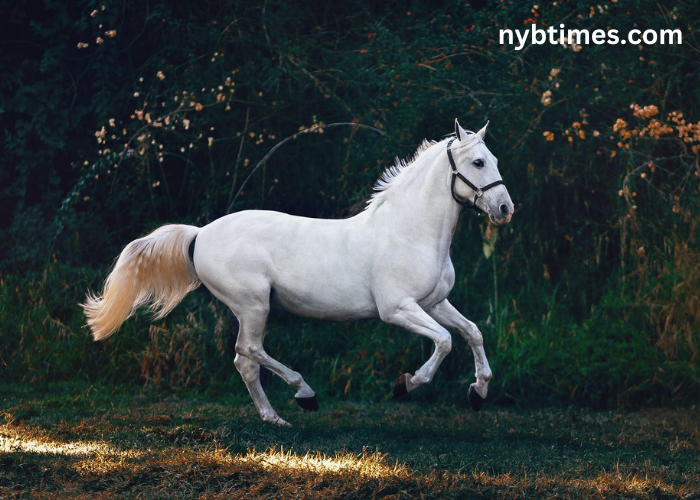Horses have captivated human imagination and admiration for millennia, symbolizing freedom, strength, and elegance. From the wild, untamed mustangs of the American West to the meticulously bred thoroughbreds of European racetracks, horses embody a unique combination of grace and power. This article delves into the majestic beauty of these magnificent creatures, exploring their physical attributes, historical significance, and the deep bond they share with humans. Discover the ultimate online resource for casacourse. Enhance your knowledge and skills with our comprehensive courses. Join us today!
Physical Attributes and Grace
The physicality of horses is a marvel of natural engineering. Their muscular build, combined with a sleek, aerodynamic form, allows for incredible speed and endurance. The powerful legs of a horse, capable of propelling it forward at speeds up to 55 miles per hour, are a testament to their strength. Yet, despite their muscularity, horses move with a fluidity and grace that can leave onlookers in awe.
Their coats, ranging in colors from deep blacks and browns to dazzling whites and grays, often have a lustrous sheen that adds to their aesthetic appeal. The mane and tail, flowing in the wind as they gallop, enhance their majestic appearance. Each horse’s unique combination of colors and markings further adds to their individual beauty, making them a favorite subject for artists and photographers alike.
Historical Significance and Power
Throughout history, horses have played a pivotal role in human civilization. In ancient times, they were essential for transportation, agriculture, and warfare. The speed and strength of horses gave warriors a significant advantage on the battlefield, while their endurance made them invaluable for long-distance travel and trade.
The power of horses is also evident in their contribution to agriculture. Before the advent of modern machinery, horses were the primary source of power for plowing fields and transporting goods. Their ability to work tirelessly alongside humans made them indispensable partners in building societies and economies.
In sports and recreation, horses continue to showcase their power and agility. Equestrian events, such as dressage, show jumping, and horse racing, highlight the incredible athleticism of these animals. Thoroughbred racehorses, bred for speed and endurance, compete in prestigious events like the Kentucky Derby, drawing the admiration of millions.
The Bond Between Humans and Horses
One of the most remarkable aspects of horses is the deep bond they share with humans. This relationship, built on mutual respect and trust, has been nurtured over centuries. Horses are highly intelligent and sensitive animals, capable of understanding human emotions and responding to them. This empathy makes them excellent companions and therapeutic animals.
The connection between a rider and their horse is a unique partnership. Effective communication through subtle cues and body language is essential for riding, whether it’s in competitive sports or leisurely trail riding. This partnership requires patience, consistency, and a deep understanding of the horse’s nature.
In therapy, horses have proven to be invaluable. Equine-assisted therapy programs help individuals with physical, emotional, and cognitive challenges. The calming presence of horses and the rhythmic motion of riding can lead to significant improvements in physical health and emotional well-being.
Conclusion
The majestic beauty of horses lies not only in their physical grace and power but also in the profound impact they have had on human history and the enduring bond they share with us. Whether admired from afar in the wild, celebrated in sporting arenas, or cherished as companions and therapy animals, horses continue to inspire awe and admiration. Their legacy is a testament to the incredible synergy between humans and these noble creatures, a relationship that has shaped and enriched both our worlds.








Leave a Comment